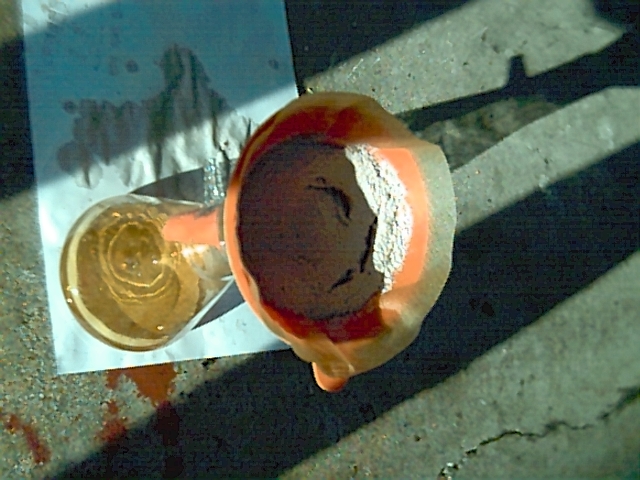Originally posted by Polverone
Most people do purify their aspirin tablets to isolate crystalline material first. Hot acetone works great, though it's hard to finish the
filtration before crystallization takes over if you're trying to gravity filter. When I nitrated acetylsalicylic acid isolated in this fashion,
using sulfuric acid and potassium nitrate, I was able to recover beautiful canary-yellow crystals that stained everything they touched, formed salts
with alkali carbonates with evolution of CO2, and otherwise behaved as I would expect picric acid to. I never saw any "red goo." However, I
didn't have a pure reference sample of TNP to compare with, and it's quite possible that I had lower-nitrated phenols in there also. It
would interesting to repeat this experiment and run TLC on the product.
|













